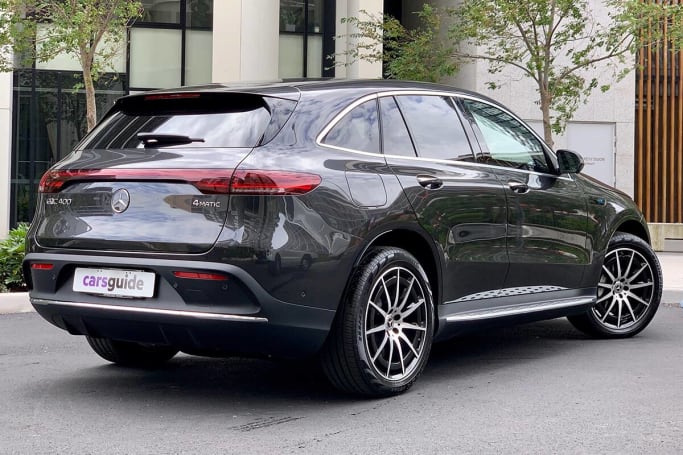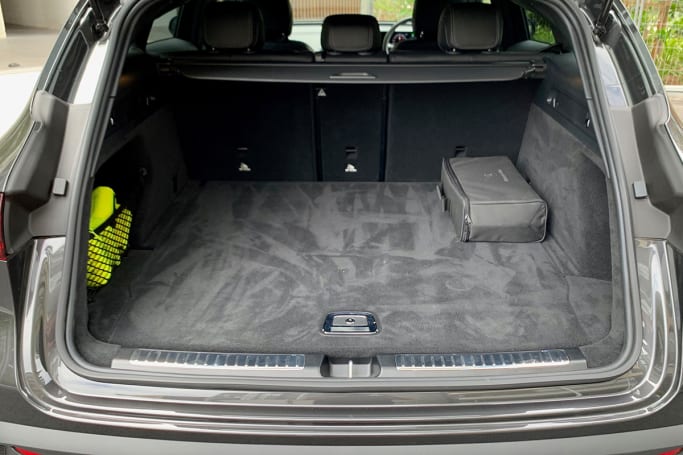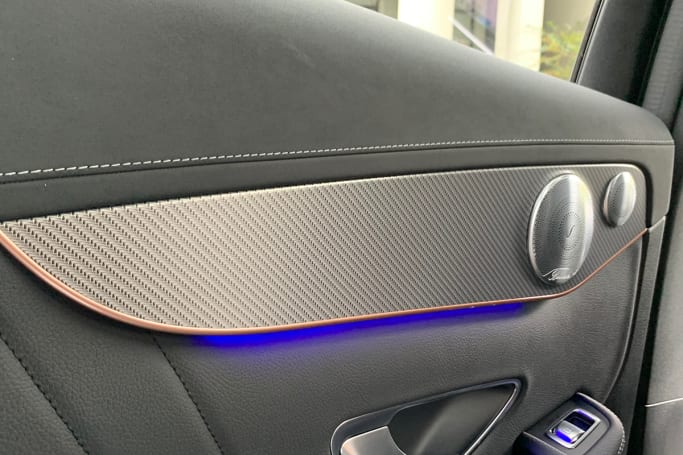The Mercedes-Benz EQC is entirely different to what we expect from the brand, but it’s really what we expected all along when it came to an electric SUV from the Daimler stable.

It is sleek, streamlined and smooth, with panels that almost look like they’re formed from liquid. And it has the eco-edgy graphics you’d expect, with a specific grille treatment (yes, a real grille), headlights that are unlike any other Benz (they even have an LED that runs the width of the grille), and a rear-end style that looks almost like it was penned with another Stuttgart-based brand in mind… Porsche. I’m talking about Porsche.
But one thing that I really love about the EQC is its moustache. It's more prominent when the car is finished in white paint, but there’s a moustache that former Daimler chief Dieter Zetsche himself could be envious of. And he had one helluva soup strainer.
It is clearly made to be slippery, despite essentially sharing its underpinnings with the more conventionally angular - yet still rounded-edged - GLC SUV.

While it is a nicely styled gizmo, I found there are some things that could be annoying.
For instance, I was trying to plug in at night in a dark area, and while there is a small light above the charge port, other EVs have a light that actually illuminates the area where you’re plugging in.
And also, the plug port is on the driver’s side. If, like me, you had to charge up with the car on the street, it just adds a little bit more anxiety to the whole situation. I shudder to think what could happen if the charger was hit by a passing car - folding the mirrors in is one thing, but you can’t fold the power cable! The lead for the charger is long, thankfully.
I know, most people (maybe even all people!) who buy and EQC are going to have undercover parking in a garage or carport, but it’s still worth remembering that the filler isn’t on the kerb side like a number of other EVs.
It has almost identical dimensions to that car: 4774mm long on a 2873mm wheelbase, with a width of 1884mm and a height of 1622mm. For context, GLC is 4669mm long, same wheelbase, a bit wider (1890mm) and just a little more height (1639mm).
What about interior design? Well it’s also familiarly different, with a number of changes to the materials used but still the same tech and comfort you’d expect. Check out the interior images in the section below.






















